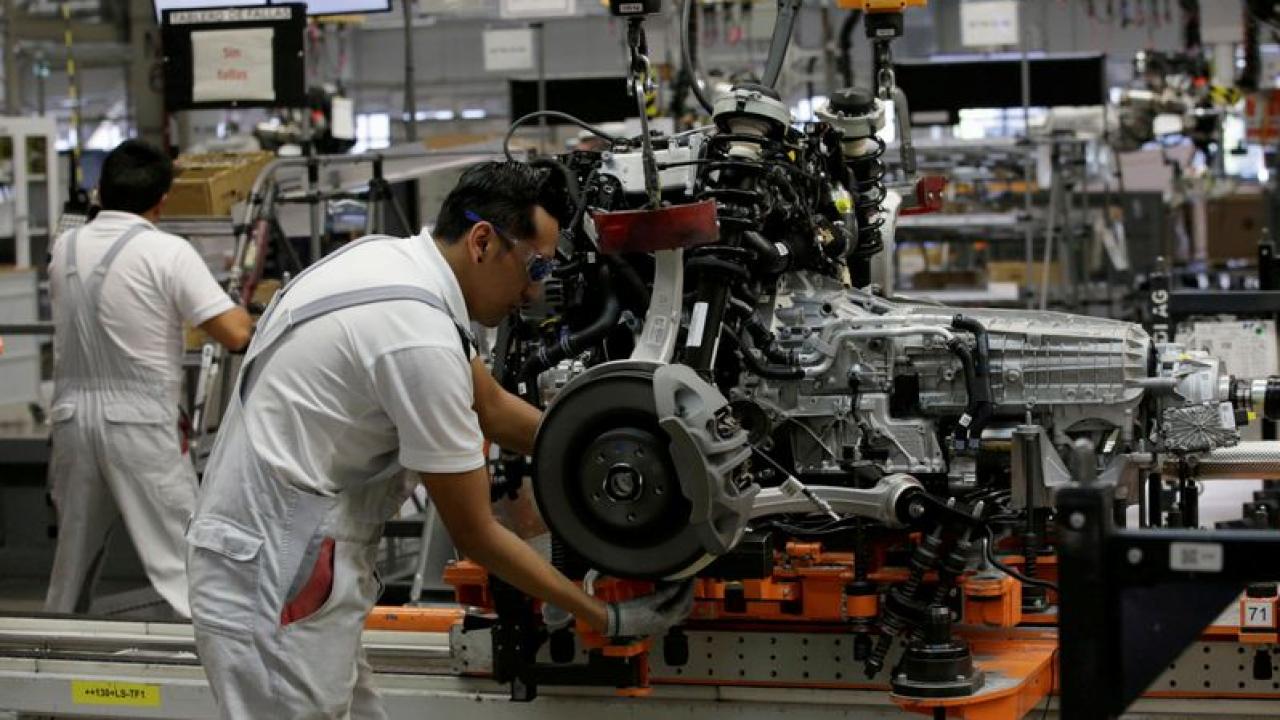
The automakers propose to the United States a Regional Content Value (RCV) of less than 75% during the first three years after the start of production of this type of vehicles.
The Mexican Association of the Automotive Industry (AMIA) requested flexibilities from the United States Trade Representative (USTR) to comply with the rules of origin of the Treaty between Mexico, the United States and Canada (T-MEC) on electric vehicles and certain critical auto parts related.
In a comment submitted to the USTR, AMIA requested allowing critical high-tech electromobility-related components produced in new or retrofitted plants to meet tariff-shift or lower Regional Content Value (RCV) standards during the first three years after the start of production.
Critical high-tech components related to electromobility are not yet produced in North America.
“Preventing the application of tariff-shift based standards for such components, or requiring 75% VCR without any phase-in, poses an extremely difficult scenario for new suppliers wishing to produce in North America, discouraging new investments in the region,” argued the AMIA.
Regarding auto parts, the AMIA gave as an example that the North American supply chain for batteries is still developing, and the additional time of the Alternative Transition Regime (up to two years) for the newly launched electrified vehicles (HEV/PHEV/BEV /FCEV) will help expand cleantech production and jobs in all three nations in the region. The T-MEC orders the three countries to carry out comprehensive evaluations every six years.
The role of the VCR
The VCR measures the percentage of parts produced in the region that contains a vehicle produced, whether in Mexico, the United States and Canada and whether or not the VCR agreed in the T-MEC complies with, it depends on whether that vehicle enjoys the tariff preferences of the treaty.
The VCR in force in the previous North American Free Trade Agreement (NAFTA) was 62.5% and for the T-MEC it was agreed to gradually raise it to 75% for essential parts, that is, engine, chassis and body. , axle, suspension, steering system and battery.
The T-MEC entered into force on July 1, 2020 with a VCR of 66%, which was raised to 69% in 2021. Compliance with the 75% rate is mandatory as of July 1, 2023.
Controversy over interpretation
Aside from the greater flexibility requested by the AMIA in the case of electric vehicles, since the entry into force of the T-MEC, Mexico and Canada have questioned the US interpretation of the Regional Content Value (RCV) calculation method.
In December 2022, a USMCA dispute resolution panel ruled against the United States and the three countries have since stated that they continue to work towards a resolution.
The governments of Mexico and Canada argued that if a centerpiece qualifies for the USMCA, 100% of its value should count toward the broader VCR calculation (known as a roll up ).
The USTR's interpretation was that the overall VCR calculation should exclude the value of materials in core parts that do not come from a USMCA country (“non-originating”).
Mexico and Canada maintained that these flexibilities were negotiated to help North American motor vehicle producers meet VCR requirements.
Under USMCA rules, Canada and Mexico could have begun retaliating against the United States 45 days after the panel's final report was issued, but they have not done so to date.
In 2023, 90% of Mexican exports of light vehicles were directed to the United States, Canada and Germany. Of the cars that circulate in the United States, 15.5% correspond to units assembled in Mexico.
Mexico continues as the main supplier of light vehicles in the US market, with a large differential compared to its next competitor (Japan) and South Korea.









